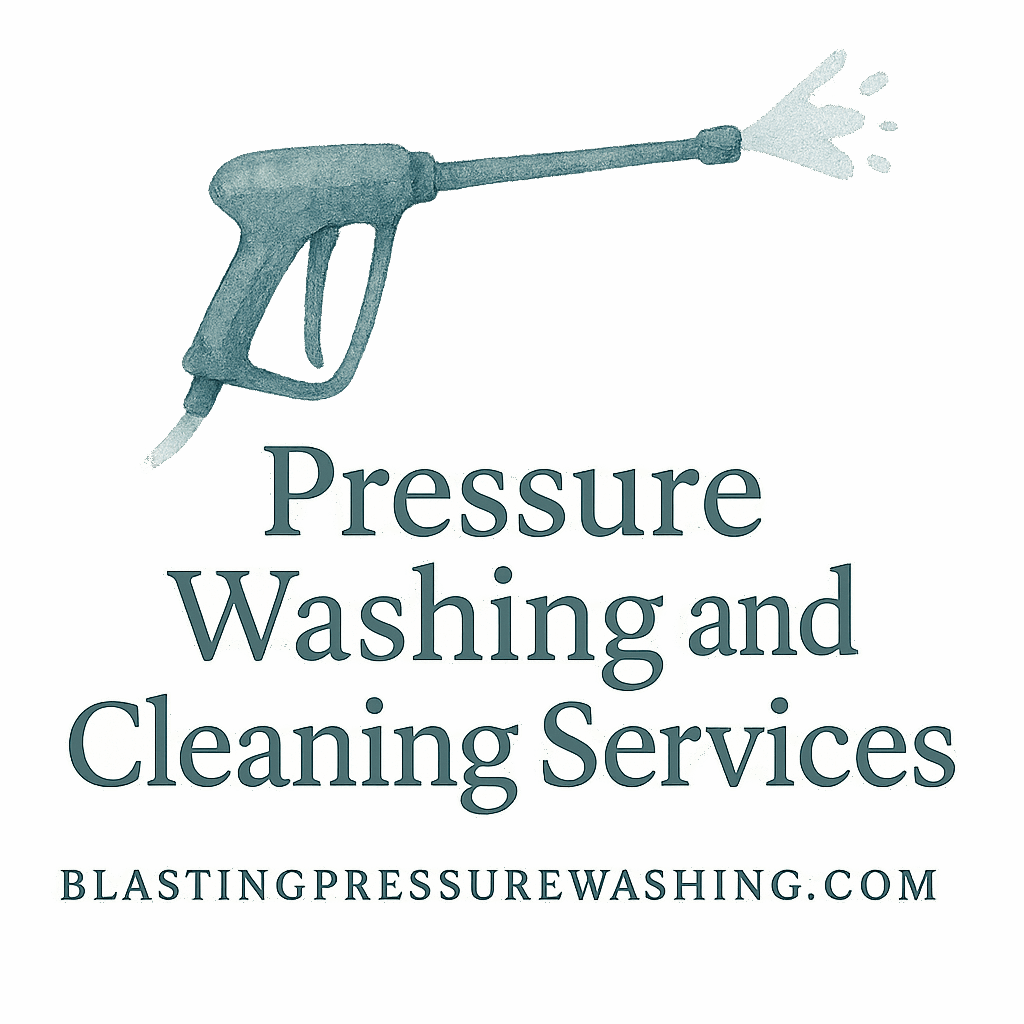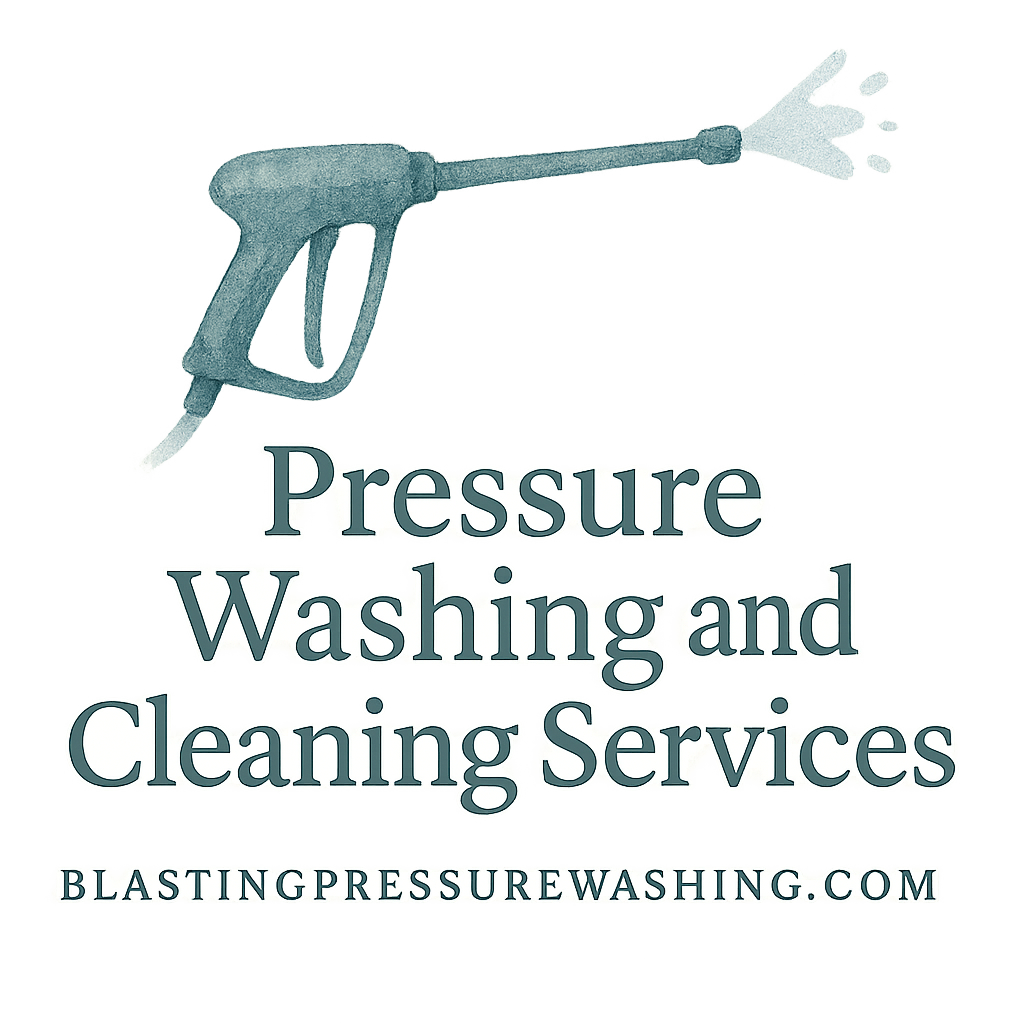So, you’ve finally rented or bought a pressure washer and are ready to blast the grime off your driveway or patio. But before you pull that trigger, let’s have a heart-to-heart. Pressure washing can be fun and super satisfying—but it’s also powerful enough to send you to the ER if you’re not careful. Don’t worry, though. I’ve got your back. Let’s break down the 6 DIY pressure washing safety tips you must follow so you can clean confidently without risking your safety.
Why Pressure Washing Safety Matters
The Power Behind the Nozzle
Let’s get real—pressure washers are not just beefed-up garden hoses. A standard residential model can push out water at 1,500 to 3,000 PSI. That’s enough to carve into wood, peel paint, or injure skin in seconds. That kind of power requires respect.
Common Pressure Washing Injuries
Think pressure washing injuries are rare? Nope. From deep lacerations and bruises to eye injuries and even electric shocks, accidents happen more often than you think. According to safety reports, one of the most common causes is not understanding how to handle the machine safely.
That’s where this guide comes in handy—because avoiding injury is just as satisfying as watching dirt vanish.
Safety Tip #1: Wear the Right Protective Gear
Essential Safety Gear Checklist
Before you even start the engine or plug in your washer, gear up like a pro. Here’s your safety checklist:
- Safety goggles (trust me, your eyes will thank you)
- Waterproof gloves with grip
- Closed-toe, non-slip shoes
- Long pants and long-sleeved shirt
- Hearing protection (for gas-powered models)
This gear isn’t just for looks—it’s your first defense against flying debris, splashback, and detergent exposure.
What Not to Wear While Pressure Washing
Skip the flip-flops, shorts, and sunglasses. This isn’t a day at the beach. You’ll be dealing with high-pressure water and possibly slick surfaces. Dress for success—and safety.
Safety Tip #2: Understand Your Machine
Read the Manual—Seriously
It sounds boring, but reading the manual is a must. Every pressure washer is a little different, and knowing the controls, attachments, and safety features could save you from disaster. Don’t skip this step, especially if you’re new to this.
Gas vs Electric: Know the Difference
Gas-powered washers are stronger and louder—and can be more dangerous in the wrong hands. Electric models are easier for beginners but still require caution. Either way, always:
- Check for leaks before use.
- Ensure the trigger lock is on before starting.
- Never modify the washer or tamper with safety guards.
Want a deeper dive into pressure washing tools and techniques? Click here for expert guidance.
Safety Tip #3: Mind Your Surroundings
Watch Out for Electrical Hazards
Water + electricity = big trouble. If you’re working near outlets, lights, or wires, make sure they’re properly sealed or avoid those zones altogether.
Always plug electric washers into a GFCI outlet to avoid shock. And keep the extension cords dry!
Be Aware of People, Pets, and Property
Don’t spray near windows, cars, or your neighbor’s cat. Always scan the area before starting. Put up a sign or caution tape if you’re working in a shared space.
You don’t want to be “that neighbor” who broke a window or soaked someone’s laundry.
Safety Tip #4: Use the Correct Nozzle
Why Nozzle Choice is a Big Deal
Using the wrong nozzle is like using a chainsaw to trim your bangs. Not smart.
Each nozzle tip comes in a different spray angle. The smaller the angle, the more concentrated (and dangerous) the spray:
- Red (0°): DON’T use this unless you’re stripping concrete.
- Yellow (15°): Great for heavy-duty cleaning.
- Green (25°): All-purpose hero.
- White (40°): Gentle, ideal for windows and siding.
- Black (65°): For soap application.
Nozzles and Their Pressure Ratings
Always match the nozzle to the task and surface. Using a high-pressure nozzle on vinyl siding? Bad idea. Learn more about pressure washing for different home surfaces right here.
Safety Tip #5: Be Careful With Detergents and Chemicals
Know What You’re Spraying
Some detergents are loaded with harsh chemicals that can harm your lungs, skin, and the environment. Read labels, follow instructions, and never mix chemicals unless the label says it’s safe.
Want to learn about the right chemicals and their uses? Check out this page.
Eco-Friendly Alternatives and Safety
Using eco-friendly pressure washing techniques is safer for you and the planet. Try biodegradable detergents and avoid runoff into gardens or storm drains. Learn more about green solutions here.
Safety Tip #6: Use Proper Technique to Avoid Kickback
Stand Firm and Stay Balanced
High-pressure water creates recoil. Always plant your feet shoulder-width apart, keep a firm grip on the wand, and never overreach.
Spray Smart, Not Hard
Start spraying a few feet away from the surface and move in gradually. Don’t blast directly into corners, under siding, or at vents—unless you enjoy unexpected damage.
Want more ways to avoid surface damage while cleaning? Check this out.
Extra Tips for First-Time DIY Pressure Washers
Practice on Low Stakes Areas First
Before you tackle the front of your house or your fancy wooden deck, practice on something simple like your trash bins or back patio. You’ll learn control and get used to the spray.
Avoid These Common DIY Pressure Washing Mistakes
- Holding the wand too close
- Using too much pressure
- Not pre-soaking or rinsing
- Skipping post-cleaning maintenance
And remember—if it all feels too much, hiring pros might be your best bet. Click here if you need help with larger jobs.
Conclusion
Pressure washing is a game-changer for your home’s curb appeal, but it’s not something to take lightly. By following these 6 DIY pressure washing safety tips, you’ll avoid injuries, protect your property, and get that squeaky-clean satisfaction you’re aiming for. Remember: the key is preparation, caution, and a little common sense.
If you’re ever unsure about a job, don’t be afraid to call in the pros. For expert pressure washing, eco-friendly practices, and seasonal tips, visit Blasting Pressure Washing.
FAQs
1. Can pressure washing cause injury?
Yes! At high pressure, water can cut skin, cause bruising, and even send debris flying. That’s why safety gear is crucial.
2. Is it safe to pressure wash siding?
It can be—if you use the right nozzle and technique. Stick with a white or green tip and avoid blasting upward into siding seams.
3. Can I use bleach in a pressure washer?
Only if the manufacturer says it’s safe. Bleach can corrode your washer and harm plants and pets. Look for safer alternatives.
4. How far should I stand from the surface when washing?
Start about 3–4 feet away and move closer as needed. Never begin up close—you might damage the surface.
5. Do I need special soap for pressure washing?
Yes, use soaps labeled for pressure washers. Regular dish soap can foam too much or damage internal parts.
6. Is electric or gas better for beginners?
Electric models are generally easier and safer for beginners. Gas is more powerful but requires more care.
7. How often should I pressure wash my home?
Typically once a year, but it depends on your climate and conditions. Learn more from seasonal pressure washing tips.



